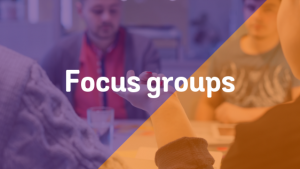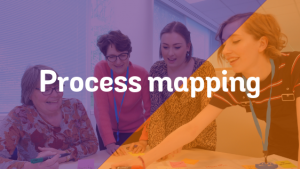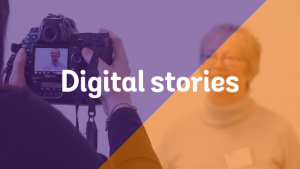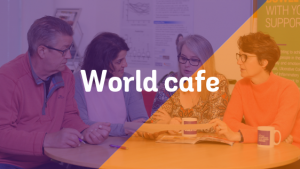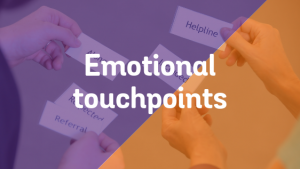We want to see the same high-quality care and support for everyone with Crohn’s or Colitis, across the UK. People living with Crohn’s and Colitis and healthcare professionals need to shape health services, together. This page aims to support you to work in partnership with your patients to achieve better patient outcomes.
Before you get started, take a look our definition of patient involvement and our useful diagram, which categorises the types of patient involvement, explaining the benefits of co-production when working in partnership with people with Crohn’s or Colitis.



